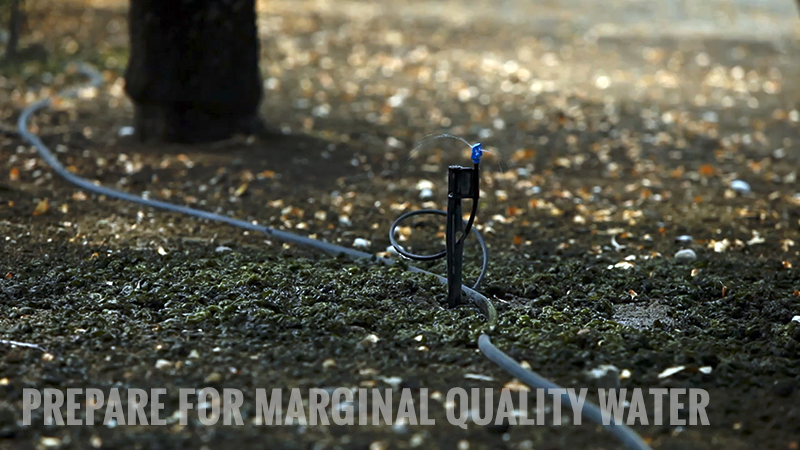Mesh Covers Now Protecting 1 Million Citrus Trees in Florida
As recently as five years ago, Florida citrus growers did not routinely put protective covers on their trees as part of their grove management. Now, the mesh covers at least 1 million trees on about 17,000 acres, mostly thanks to successful experimentation by a University of Florida scientist. Individual Protective Covers (IPCs) keep Asian citrus psyllids off trees.
Psyllids are pin-sized insects that inject citrus leaves with a bacterium that can cause Huanglongbing (HLB), commonly called citrus greening disease.
“The growth in IPC adoption has been exponential,” says Fernando Alferez, a UF/IFAS Assistant Professor of horticultural sciences at the Southwest Florida Research and Education Center. “The increase in IPC use is due in part to what we have communicated, but also word-of-mouth among growers who say it works for them. Of course, it’s also a data-driven decision.”
That data came after Alferez started experimenting with IPCs several years ago. In his first published study on the benefits of IPC, Alferez found no signs of citrus greening on any of the trees covered by the mesh. Specifically, he found that psyllids cannot penetrate the bags because the diameter of their openings is smaller than the insects.
The research results came as welcome news for growers, whose mesh covers are visible to motorists.
“If you drive up and down U.S. 27 in Central Florida and other highways in Southwest Florida, you can see IPCs on many farms.” Alferez says.
While it’s advantageous that IPCs keep psyllids off of trees, Alferez recently wanted to know the physiological health of trees covered with the mesh.
He recently finished a new study in which he and his colleagues studied the effects of IPCs and different insecticides on young ‘Valencia’ orange trees grafted onto ‘Cleopatra’ rootstocks.
Scientists found that IPCs maintain the health of young trees that are already under heavy pressure from HLB.
More specifically, Alferez and his team discovered that IPCs maintained chlorophyll levels in leaves. The mesh covers also prevented an HLB-induced deficiency of foliar nitrogen and zinc, while maintaining a higher concentration of many other nutrients. In addition, IPCs prevented greening-induced accumulation of starch, sucrose and glucose in the leaves.
All these findings mean healthier and more productive Valencia trees.
“We recommend IPCs as an important component of integrated pest management for this devastating disease,” adds Alferez.









